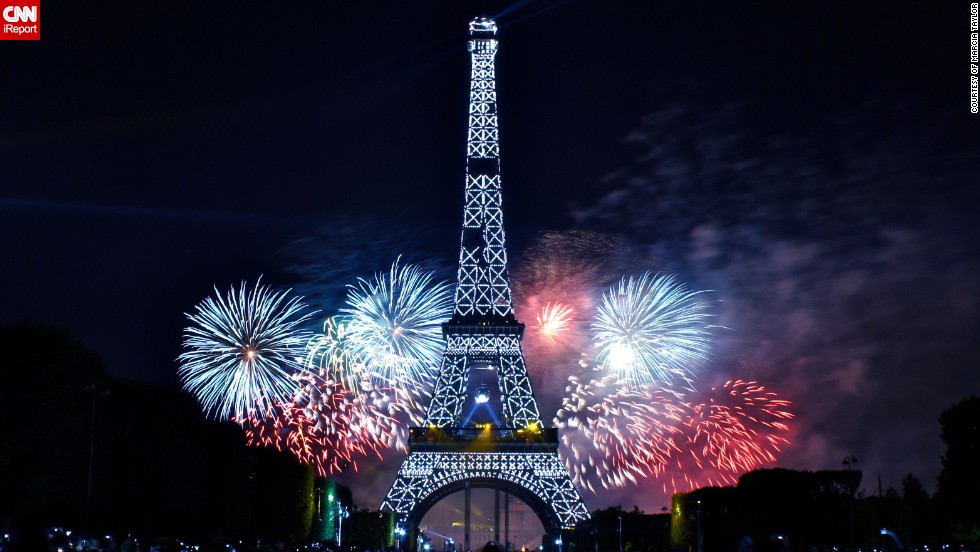Two French journalists kidnapped and killed in Mali
Reporters worked for state-supported broadcaster Radio France Internationale
 Radio
France International (RFI) journalists Ghislaine Dupont (left) and
Claude Verlon are pictured in this combination picture made of undated
handout images released to Reuters yesterday. Photograph: Reuters
Radio
France International (RFI) journalists Ghislaine Dupont (left) and
Claude Verlon are pictured in this combination picture made of undated
handout images released to Reuters yesterday. Photograph: Reuters
Two French journalists were kidnapped and killed in northern Mali
yesterday, the French Foreign Ministry said, underscoring the
continuing instability of a region retaken from fighters linked to
al-Qaida only eight months ago.
-
The reporters, Ghislaine Dupont (51) and Claude Verlon
(58) worked for Radio France Internationale, a French state-supported
broadcaster. They had been interviewing a leader with a separatist group
in the town of Kidal in Mali’s unstable desert north.
Gunmen
forced the reporters into a truck as they were leaving the leader’s
house in the center of town yesterday afternoon, a ranking officer in
Mali’s army said.
-
Their bodies were found shortly after, with their throats slit, several miles outside Kidal in the Sahara, the officer, Col Didier Dacko, said by telephone.
French
forces stationed in the town pursued the kidnappers, according to an
official with the military in Kidal who insisted on anonymity.
“Lots
of military vehicles sped out of town,” the official said, “even
helicopters.” The kidnappers apparently realized that “they were not
going to make it” with their hostages, at which point they killed them,
the official said.
They then fled into the hills surrounding Kidal, he said.
-
A
French military spokesman, Col Gilles Jaron, said a patrol was
dispatched from Kidal after French forces there were alerted, and two
helicopters were called in from Tessalit, 170kms to the north. The
patrol found the bodies of the journalists east of Kidal, but French
forces never made contact with the kidnappers, he said.
The
kidnapping occurred less than a week after four French hostages were
released by al-Qaida in the Islamic Maghreb in neighboring Niger after
being held for over three years in the desert, and on payment of a
substantial ransom, according to reports.
-
The man
the two French journalists had been interviewing - Ambeiry Ag Rhissa, an
official with the National Movement for the Liberation of Azawad, a
Tuareg separatist group known by its French initials, MNLA - heard a
strange noise outside his door immediately after they left his home, RFI
reported.
He saw the two journalists being
forced into the truck by gunmen in turbans, and trying to resist as the
gunmen beat them with rifles, RFI said.
-
The gunmen
were speaking in Tamashek, the language of the nomadic Tuaregs, RFI
reported. The reporters’ driver “heard the two reporters protest and
resist,” RFI said.
“It was the last time they
were seen.” French and UN forces remain stationed in Kidal, and all of
northern Mali continues to be a cauldron of instability even though the
Malian government in Bamako, nearly 1,000kms to the south, is nominally
in control. During the eight-month occupation of northern Mali, Kidal
became the headquarters of another Tuareg separatist group, Ansar
al-Dine, which made common cause with the al-Qaida-linked rebels who
were defeated this year by French and Chadian soldiers.
-
Although
it is not certain who the kidnappers were - whether al-Qaida-affiliated
or members of a Tuareg splinter group - some officials in Kidal say the
ransom reportedly paid for the other French hostages “encouraged” them,
the official with the military in Kidal said.
“That’s the idea that’s circulating in town now: All you have to do is kidnap a Westerner, and you can get millions,” he said.
-
French
news media reported last week that as much as $34 million (€25 million)
had been paid for the release of the four Frenchmen.
Kidal
remained a place of contention between the MNLA, which claimed control
over it, and the Malian government until an agreement brokered by
regional powers in June restored Malian control.
Reuters



 Lone gunman kills security agent at Los Angeles airport
Lone gunman kills security agent at Los Angeles airport Deadly shooting at Greek Golden Dawn office
Deadly shooting at Greek Golden Dawn office US: Two die in Nevada school shooting
US: Two die in Nevada school shooting Suspect shot dead as Washington car chase ends in gunfire at Capitol Hill
Suspect shot dead as Washington car chase ends in gunfire at Capitol Hill CCTV footage shows Navy Yard gunman on the prowl looking for victims
CCTV footage shows Navy Yard gunman on the prowl looking for victims

